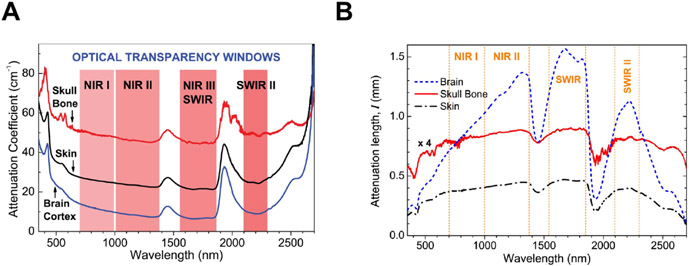Figure 1. NIR-I and NIR-II optical windows.
(A) Spectra of attenuation coefficient (how easily a beam of light can penetrate a volume of material) versus wavelength for head tissues: brain cortex, cranial bone, and skin in the range of wavelength from 350 to 2,700 nm. Four optical transparency windows are indicated: ~700 to 1000 nm near-infrared window I (NIR-I), ~1000 to 1350 nm (NIR-II), ~1550 to 1870 nm (NIR-III or short-wave infrared, SWIR), and ~2100 to 2300 nm (SWIR-II). (B) Attenuation length lt spectra for rat brain cortex, cranial bone, and skin in the range of wavelength from 350 to 2,700 nm. Passing the rat head and slice of brain, light remains the most intense in SWIR and NIR-II windows, while light permeability in SWIR-II and NIR-I is smaller. (A-B) Adapted from Golovynskyi et al. 2018 [53] with permission from John Wiley and Sons.

